Behind the Scenes, February 2023
Published on February 7th, 2023
The walls of Scuttlebutt HQ include the Ultimate Sailing calendar, and in this report Sharon Green shares the behind-the-scenes story regarding the February 2023 images.
The pandemic put a lot of things on hold and one of the most significant was the 2020 Olympic Games. Across every nation, the world’s finest athletes were holding their collective breath, waiting for the Games to resume. Along with them: primo photographers Jesús Renedo and Pedro Martinez – working as “Sailing Energy” – official photographers for the 2020 Games.
Ultimately the sailboat races began a full year later in the Enoshima venue. Their exciting images of the Olympics are featured on the February pages of the 2023 Ultimate Sailing Calendar: with the 49erFX fleet at top and 470 women inset below.
And boy oh boy, it was an Olympian feat for them to get to the Games as well!
“Because the Olympic Games were delayed one year, and 2020 was a non-sailing year in most places due to COVID, 2021 was a very busy and difficult year for us,” said Renedo. From their headquarters of Mallorca, Spain it was possible to travel around Europe, “with lots of checks and limitations … so despite the pandemic, we managed to attend most of the Olympic qualifiers, which allowed us to stay in the flow.”
One of their major, most difficult tasks that year, in fact, was just getting the paperwork completed to enter Japan. COVID had a huge impact on protocol he added: “The paperwork was crazy and lots of media peers gave up, as it was really complex.”
But they persevered. Arriving in Japan, “it was like reaching the summit of a mountaintop! And such a privilege, as many fellow photographers were not able to make it.”
Disembarking to an empty airport was “mind-blowing” as the country was locked down and in the middle of curfew. “This was our second Olympic Games and it could not have been more different than Rio 2016,” noted Renedo.
“Logistics were not easy, as we were not allowed to leave the hotel; only to get the transfer to the marina, and we had to be COVID tested every morning. But the Japanese people did a great job of making the Games happen. The facilities were great, media boats absolute perfect, and a lot of people worked hard to get us out on the water. We really thank the Japanese people for making it happen: it wasn’t easy for them.”
Summer in Enoshima typically means light air, but there were several windy days, especially in the afternoons when the sea breeze filled in. “That was our opportunity to get real action shots of the best sailors during the Olympic Games.”
Renedo and Martinez worked as a team trying to capture each of the classes and courses every day: exhausting work, no doubt! And even more excited than the photographers were the athletes, who finally had their chance to shine!
“The competitors were so happy and relaxed. COVID had a big impact on all of them. The sailors work so hard for four years just to be there: then it is all or nothing. So for us, the photographers, it was also a big challenge and a big responsibility to do the job right.”
I think you’ll agree: Jesús Renedo and Pedro Martinez pulled off a gold medal performance of their own. Bravo!
To create this magic, they revealed, they use Canon equipment from Canon Spain, with the help of their local supplier in Mallorca, FOTORUANO, who provided a lot of equipment.
“We use mostly mirrorless cameras,” Renedo said. “The Canon R5 had been released a year before and we tested it heavily. So we used that together with the Cannon 100-500mm lens, which was great combo. Also we carried underwater housing, Aquatech, and Peli Air Cases.”
So what is a mirrorless camera?
With a traditional single-lens reflex (SLR) camera, the light comes through the lens and hits a reflex mirror that sends the image to the viewfinder or sensor. New high-tech cameras don’t require a mirror to reflect the light, nor an optical viewfinder mechanism, which makes them much more compact and lightweight.
Sharon Green added, “I have been using the Canon R5 mirrorless cameras for over two years now, and finally have switched over to all mirrorless. It was a little tricky at first to learn to focus with the electronic viewfinder, but there are so many exciting things the cameras do. The long lenses are a fraction of the weight and size: it’s quite freeing to travel so light now!”
“Especially considering I’ve used the Canon EF 200-400 1/4 extender non-stop for over a decade. … that lens is a beautiful piece of glass but massive and heavy!” By comparison, she added, her old Canon EF 200-400mm 1.4x is 14.37 inches long, weighs 8 pounds, and cost $11,099; while the new Canon RF 100-500mm is 8.2 inches, weights just 3 pounds, and costs $2,699! Lighter in the wallet too – and well worth it!”
Even so, Green revealed, not all mirrorless features work when shooting on the water: “I still take a few of my regular DSLRs as back-up when traveling.”


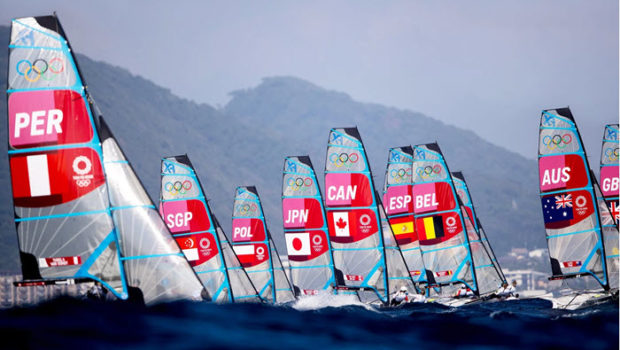


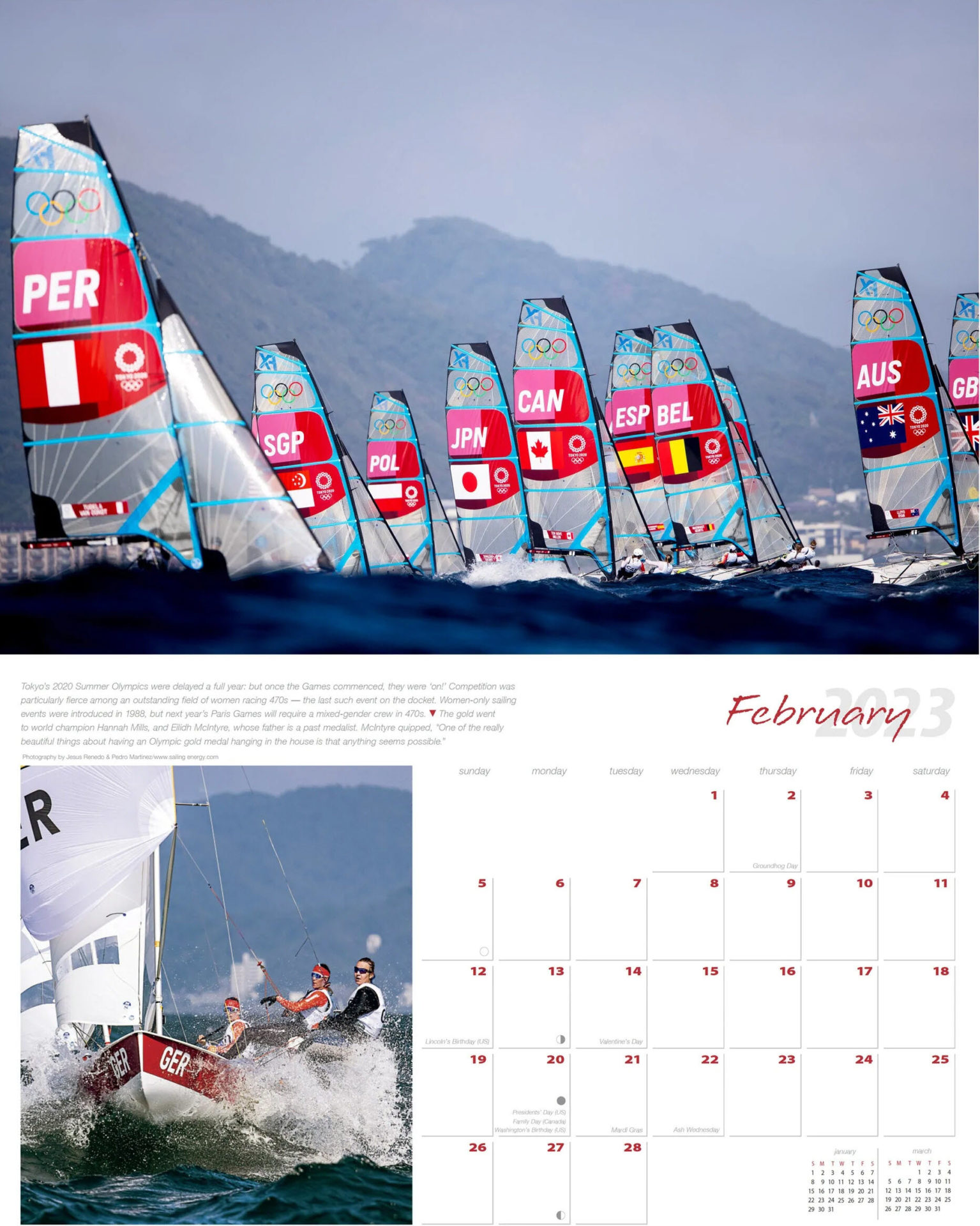
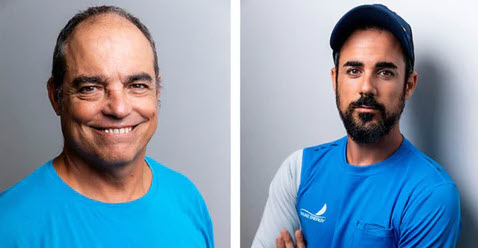
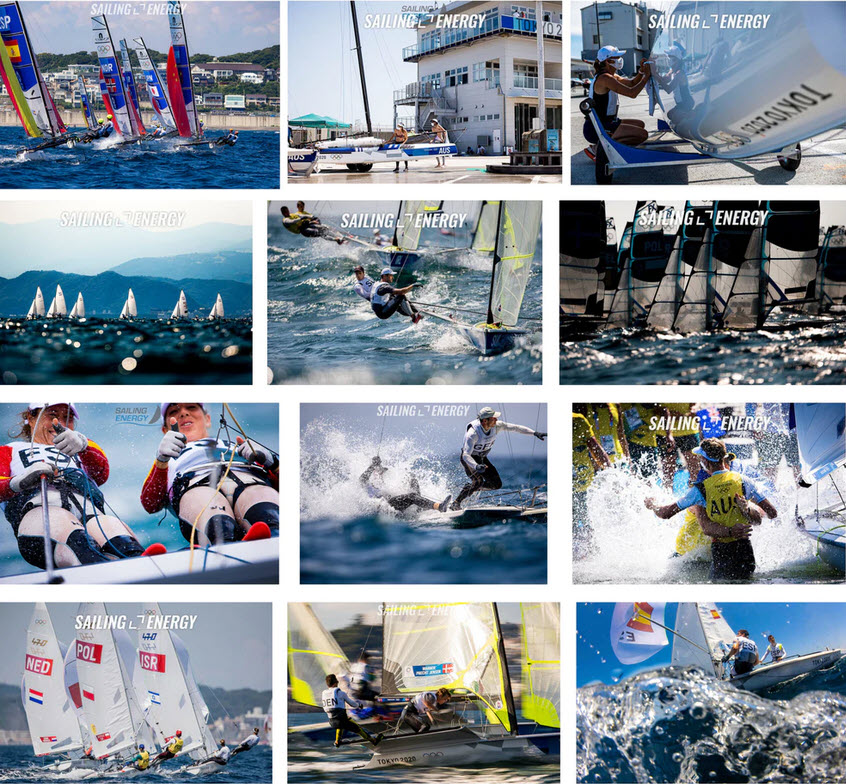

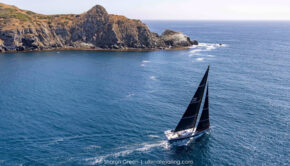


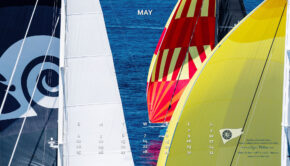
 We’ll keep your information safe.
We’ll keep your information safe.